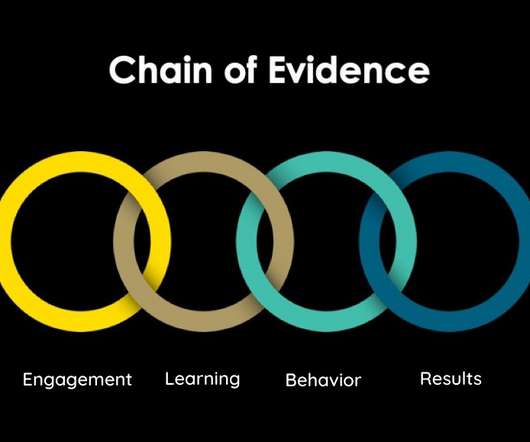The Kirkpatrick-Phillips Model – Part 4
CommLab India
OCTOBER 13, 2016
In the third part of this series, we looked at the advantages and disadvantages of the Kirkpatrick Model of Evaluating a training program. I mentioned the Kirkpatrick-Phillips Model of Evaluation in passing, and promised you more on this “ evolved ” model. Kirkpatrick Model. Phillip ROI Methodology TM. Here goes.






































Let's personalize your content